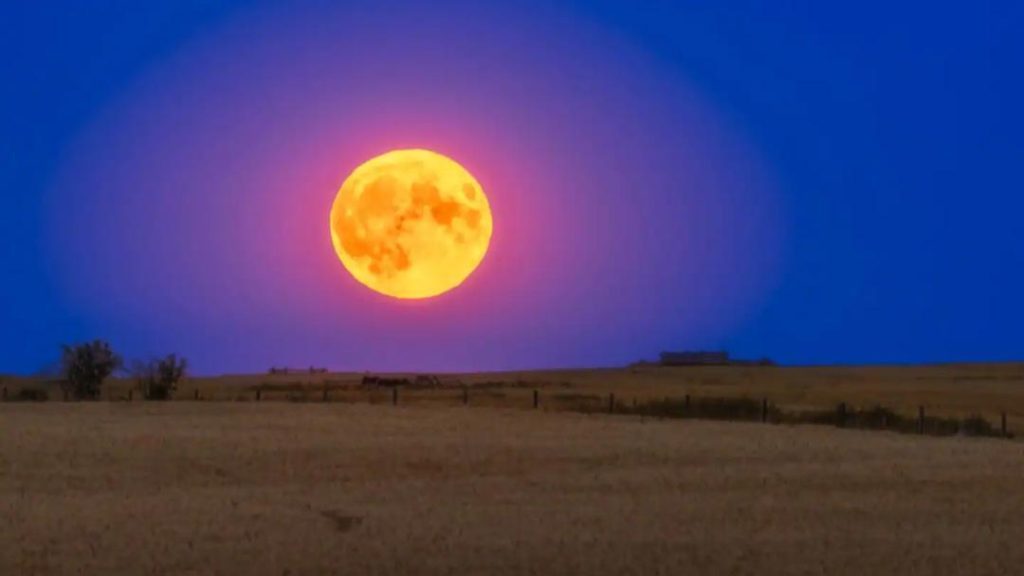
Buck Moon to Light up Skies on July 10 & 11
The Buck Moon, also known as July’s full moon, is a significant event in the astronomical calendar that takes place twice a year. This year, the Buck Moon will peak on July 11 in India and July 10 in the United States. The event is named by Native American tribes, particularly the Algonquin, who mark the time when male deer, or bucks, begin growing new antlers.
The Buck Moon is a special full moon because it is associated with the growth and development of nature. In many cultures, the full moon is considered a time of celebration and new beginnings. The Buck Moon is no exception, and it is often seen as a symbol of abundance, fertility, and renewal.
When and How to See the Buck Moon
The Buck Moon will peak at 3:08 am IST on July 11 in India and at 4:38 pm EDT on July 10 in the United States. To witness the Buck Moon, you will need to be outside on the evening of July 10 or early morning of July 11, depending on your location. The best way to observe the full moon is to find a spot with an unobstructed view of the western horizon.
It is essential to note that the Buck Moon will appear full for about three days, from July 9 to July 12. However, the peak time is the best time to observe the moon, as it will be at its brightest and most visible.
Other Celestial Bodies Visible Before and After the Moon Peaks
The Buck Moon will not be the only celestial body visible in the night sky. Mars, Venus, and Saturn will be visible before and after the moon peaks. You can observe these planets with the naked eye or with binoculars, depending on your level of magnification.
Mars will be visible in the south-southeastern sky around 10 pm on July 9 and 10. Venus will be visible in the east-southeastern sky around 9 pm on July 10 and 11. Saturn will be visible in the southeast-southern sky around 11 pm on July 10 and 11.
Myths and Legends Surrounding the Buck Moon
The Buck Moon has a rich history and has been an important part of many cultures and traditions. In Native American folklore, the Buck Moon is associated with the growth and development of nature. It is said to mark the time when male deer, or bucks, begin growing new antlers.
In European folklore, the Buck Moon is associated with the myth of the “Moon Rabbit.” According to the myth, the Moon Rabbit is a magical creature that lives on the moon and is responsible for the growth and development of plants and animals.
Tips for Observing the Buck Moon
To make the most of the Buck Moon, here are a few tips to keep in mind:
- Find a dark location: The Buck Moon will be visible in the night sky, so it is essential to find a location with minimal light pollution. This will allow you to see the moon in all its glory.
- Dress appropriately: The Buck Moon will be visible in the evening and early morning, so be sure to dress appropriately for the weather.
- Bring binoculars: Binoculars can enhance your view of the Buck Moon and allow you to see more detail.
- Take a moment to appreciate the moon: The Buck Moon is a rare and special event, so take a moment to appreciate its beauty.
Conclusion
The Buck Moon is a unique and special event that is a must-see for anyone interested in astronomy. With its rich history and cultural significance, the Buck Moon is an event that is not to be missed. So mark your calendars for July 10 and 11 and get ready to witness the Buck Moon in all its glory.
Source: https://www.newsbytesapp.com/news/science/buck-moon-2025-when-how-to-see-july-s-full-moon/story






